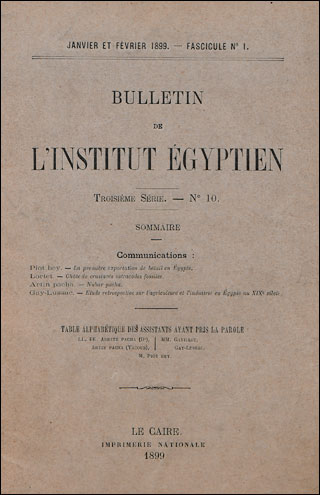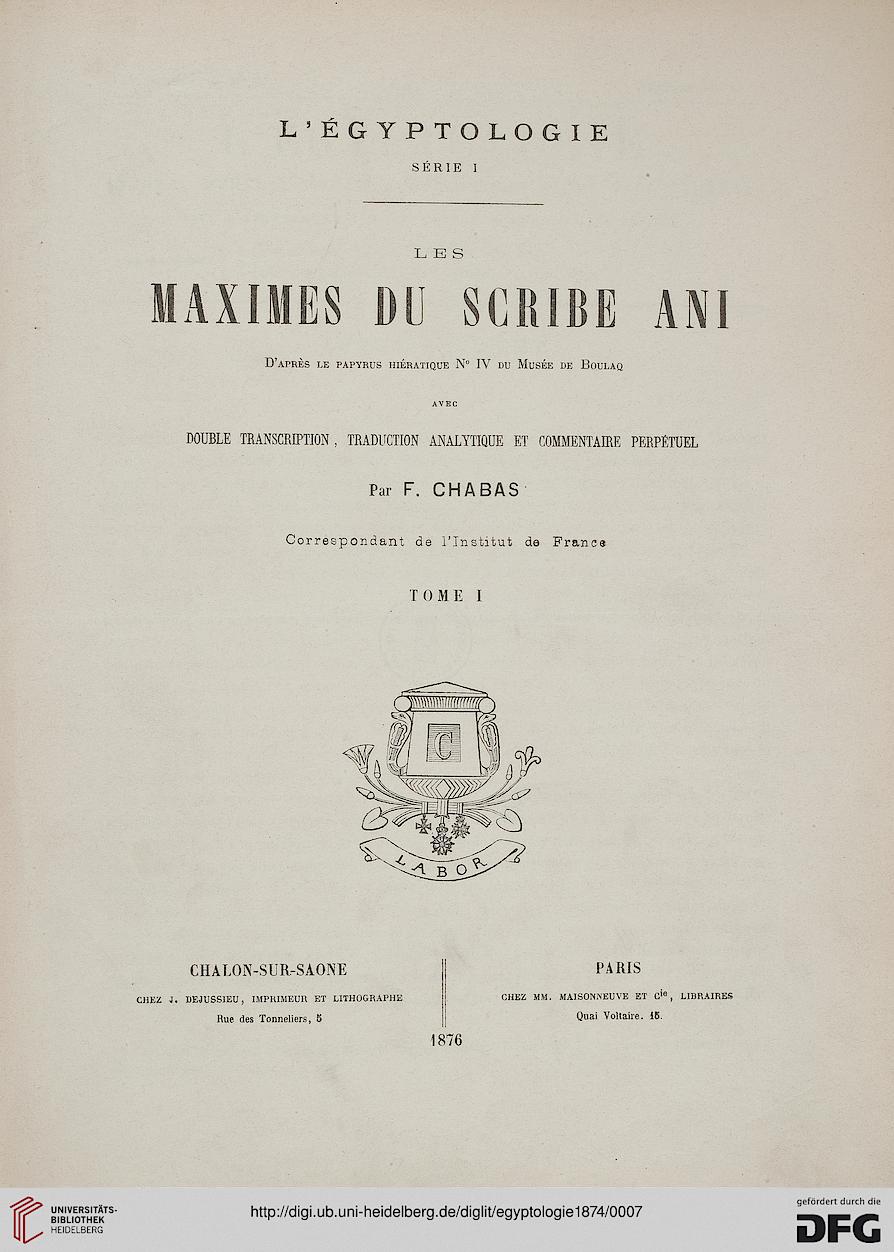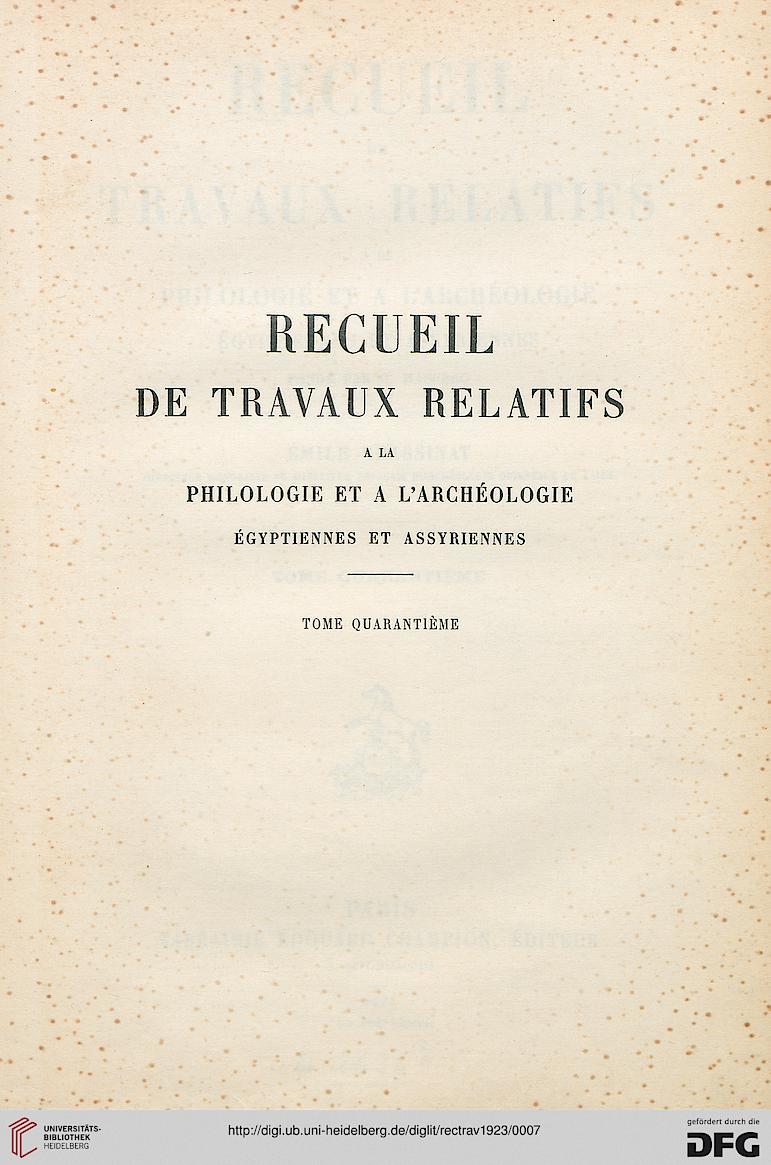The UC Berkeley Digital Nineveh Archives was initiated in December 2005, and has been made possible by a grant from the National Endowment for the Humanities initiative, Recovering Iraq's Past. In December 2007 additional support was provided by the British Universities Iraq Consortium. The project, directed by David Stronach and Eleanor Wilkinson, began digitizing only the field records from the University of California at Berkeley Expedition to Nineveh 1987, 1989 and 1990. It has grown to accommodate knowledge contributed by other archaeologists past, present and future, in what has the potential to be first comprehensive archaeological reckoning of the history of the site, from the 19th century through to today.
The primary objectives of the Digital Nineveh Archive Project are:
• To create an online teaching and research tool presenting a comprehensive picture of Nineveh within the history of archaeology in the Near East.
• To establish a searchable data repository for meaningful analysis of currently unlinked sets of data from different areas of the site and different episodes in the 160-year history of excavations. The archived content is directly credited to the contributor, who determines re-use and access.
• To provide a cost-effective, permanent venue for disseminating the research of scholars with limited or no access to conventional publications and institutional support.
Our goal is to allow the fundamental fieldwork data to be immediately accessible to researchers, educators, and students who would otherwise have to wait years for the material to be published conventionally, if they were able to obtain them at all. It is available to anyone with access to the Internet and a fundamental understanding of either English or Arabic.
بدأ ت الأراشيف الرقمية لنينوى في كانون الاول / ديسمبر 2005 بفضل منحة مقدمة من المنحة الوطنية للعلوم الإنسانية ، واستعادة ماضى العراق. و في كانون الاول / ديسمبر 2007 تم تقديم دعم اضافى من قبل إتحاد الجامعات البريطانية لمساعدة العراق. و المشروع الذى يديره كل من إيلينور ويلكينسون و دﯾﭬيد ستروناك بدأ فى التحويل الرقمى فقط للسجلات الميدانية لبعثة جامعة كاليفورنيا بيركلى الى نينوى 1987 و 1989 و 1990. وقد نما لاستيعاب المعارف الاخرى التي ساهم بها علماء الآثار في الماضى والحاضر والمستقبل ، و أصبح لديه القدرة لكى يكون سجلا أثريا شاملا لتاريخ الموقع ، من القرن التاسع عشر الى اليوم.
الاهداف الرئيسية لمشروع الأراشيف الرقمية لنينوى هى :
ـ بناء أداة للتعلم والبحث على الانترنت لتقديم صورة شاملة لنينوى في اطار تاريخ علم الآثار فى الشرق الادنى.
ـ انشاء مستودع بيانات يمكن البحث فيها لاجراء تحليل ذى مغزى لمجموعة من البيانات غير المترابطة من مختلف مناطق الموقع و فترات زمنية مختلفة فى 160 عاما من تاريخ الحفريات. و المحتوى المؤرشف يتم نسبه إلى المساهم و الذى له الحق فى أن يقرر اعادة استخدامها والوصول اليها.
ـ توفير مكان دائم لنشر ابحاث العلماء و يكون فعالا من حيث التكلفة للذين لا يستطيعون أو لا يحصلون على المطبوعات التقليدية والدعم المؤسسى.
هدفنا هو اتاحة البيانات الاساسية للعمل الميدانى فورا فى متناول الباحثين والمعلمين والطلاب بدلا من الانتظار لسنوات للمواد المنشورة تقليديا ، اذا كانوا قادرين على الحصول عليها. وهي متاحة لاى شخص قادر على الوصول الى شبكة الانترنت بالغتين الإنجليزية او العربية.
. (هذا المشروع متعدد الباحثين ،متعدد المؤسسات ، متعدد اللغات (الانجليزية والعربية
الاصول التى تم ضمها من بيركلى ، ومعمل الكاميل بالمعهد الشرقى ،
.المتحف البريطانى،الأفراد المساهمون والعلماء العراقيون
الأراشيف الرقمية لنينوى هى بمثابة البوابة الفرعية للأراشيف.
برنامج الميديا ڤولت يوفر الأرشيف الأساسى الذى تتم الإشارة إليه من قبل المواقع و الخدمات الأخرى و يتضمن ذلك الأوبن كونتكست و الساى أرك و شبكة التراث عالية التوصيف


















